How to Use a Lye Calculator to Create Your Own Soap Recipes

I'll explain how to create your own soap recipes using an online lye calculator. This is something that might sound a little bit confusing, but it isn't.
All we have to do is go to a website and put in the amounts of the ingredients we're using, and it's going to tell us how much lye we need. Before we do that, there are a few things I want to go over.
Soap making for beginners
If you're brand new to soap-making, I wouldn't try this. This is actually how I started making soap. I started right away making my recipes. If you're ambitious, that might work great, but I'd recommend getting comfortable with the process using a basic starter recipe.
Cold processed soap ingredients
Any cold-processed soap contains three components. A liquid, which is usually (but not always) water. Lye, which is a chemical, a very caustic chemical that transforms the oil. Then we have our last component, which is the oils. This can be one single oil, or it can be a blend of 20 different oils.
The point is there's some oil that reacts with the lye, a liquid that carries the lye and activates it, and all three come together to make soap. Other than that, there are very few rules.
Bringing it back into a more realistic situation, you will always want a blend of hard and liquid oils if you want to make a well-balanced bar. So some combination of olive oil balanced out with something harder like coconut oil, and then you'll want a moderate amount of lye.
Superfat in soap
There's something called superfat in soap recipes, which means you've got your oil and lye, they combine, and the lye gobbles up the oils, but there's a little leftover. It never takes up all of those oils. What's left over is called the superfast.
So if you have 5% of your oils unconverted by the lye, you have a 5% superfat soap. The higher the superfat, the more gentle your soap is because there's less lye and more leftover oils. That is a consideration when you're creating your recipe. The number one thing is balancing those hard and soft oils.
Today we're going to talk about the actual chemistry of the bar, how we pick those oils, and how we then take that to a soap calculator to create our own recipe.
Soap bar chemistry
For example, I have a bar that is 100% coconut oil. It has a 0% superfat, and it is all coconut oil. So this is an extreme example of a soap that goes in one direction, and you wouldn't use it on your body because of this.
Other bars are much more balanced, and they are a lot softer. These are the ones that have been calculated for use on people. They have a 5% superfat and a different balance of oils.
Using the lye calculator
This is the website that we are going to use today to calculate our recipe: https://www.the-sage.com/lyecalc/
Let's pretend that we are brand new and want to make a basic bar for the shower. I'm just going to call this our shower bar recipe.
You're going to select how you want it measured. I'd always recommend ounces. It asks you what type of lye you're using. We're going to do sodium hydroxide for bar soap.
Sodium lactate is an ingredient you can add to your lye water. That gives you a firmer bar. If you are using a lot of castor oil, which gives you a really good lather, you might want to add some, or if you have a lot of softer oils. For now, I'm just going to skip it.
Now it has all the oils listed that you could use in soap making.
We are going to enter our amounts. Remember what we discussed at the beginning, which was 30% olive, 30% palm, 30% coconut, and then 10% extra oils. We will mess with that a little bit so that we can experiment with this calculator.
Now it's asking us here to put in the number of ounces. It doesn't want us to put in a percentage. So we need to back up and start with the size of our mold.
My mold holds about 40 ounces, my main ten-inch silicone loaf mold, but it's not 40 ounces of oils because I'm going to need some room for my water. So what I'm going to do is figure that I'm going to need at least a quarter of that room for water.
So that's going to be about 10 ounces of water, which leaves me room for about 30 ounces of oil.
If I have 30 ounces of oil, 30% of that is nine. So I can do 9 ounces of each of those major ones. So 9 ounces of coconut oil, 9 ounces of olive oil, and 9 ounces of palm oil. We have 10% left. 10% of 30 is 3. That one's easy.
We have 3 ounces to play with where we can pick fun oils. I love mango butter. So I'm going to do one and a half ounces of that, and I'm going to do one and a half ounces of castor oil because it gives you a great lather.
I'm going to click Calculate Lye down here at the bottom.
Now it's given me this recipe. It shows the percentage, the amount in ounces, and the amount of lye we need.
It tells you right here that the recommended range for superfat is between 5% and 8%. As we discussed before, the higher the number, the more gentle the bar because the amount of lye decreases as the superfat increases. If you don't want to mess with this, as a general rule, do 5% super fat or 6% or 7% for something for a baby or an older person.
So now we know how many ounces we need of each individual oil. We know how many ounces we need of our lye. The only thing we need to know is how much liquid.
The calculator puts it over here on the left, and it tells us we need eight to 11 ounces of liquid. Any range in there is fine.
How to use a lye calculator
Don't be afraid to make a mistake and make a bar that you don't love. The more you experiment, eventually you will find the bar that you do love. Do you make your own soap recipes? Share your tips in the comments below.
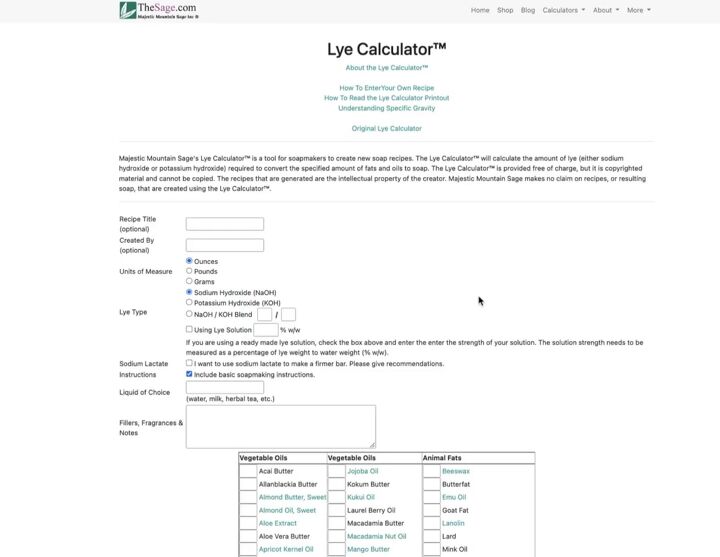



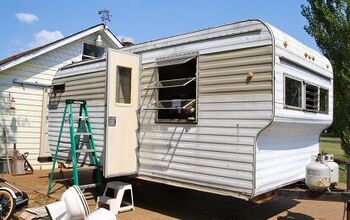
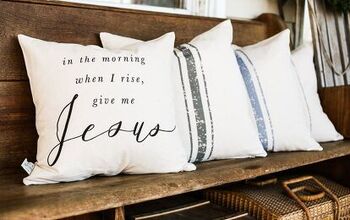
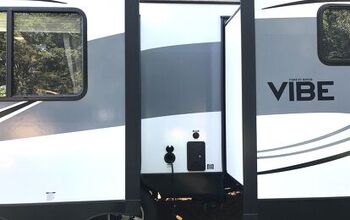

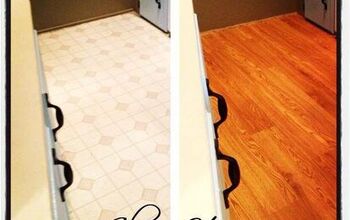




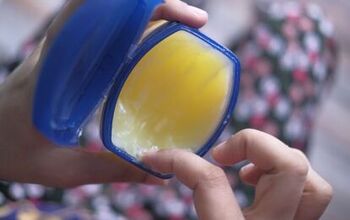
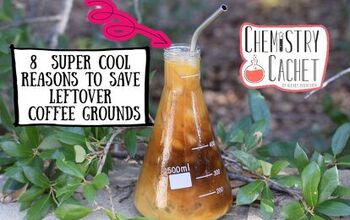
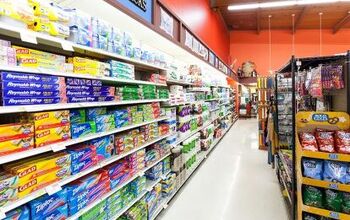
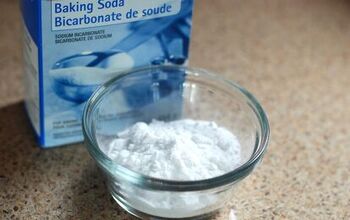



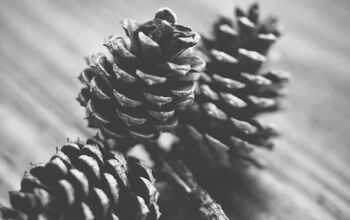
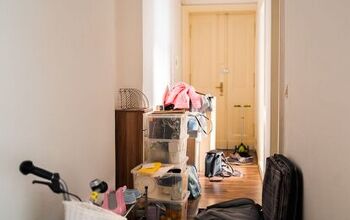
Comments
Join the conversation